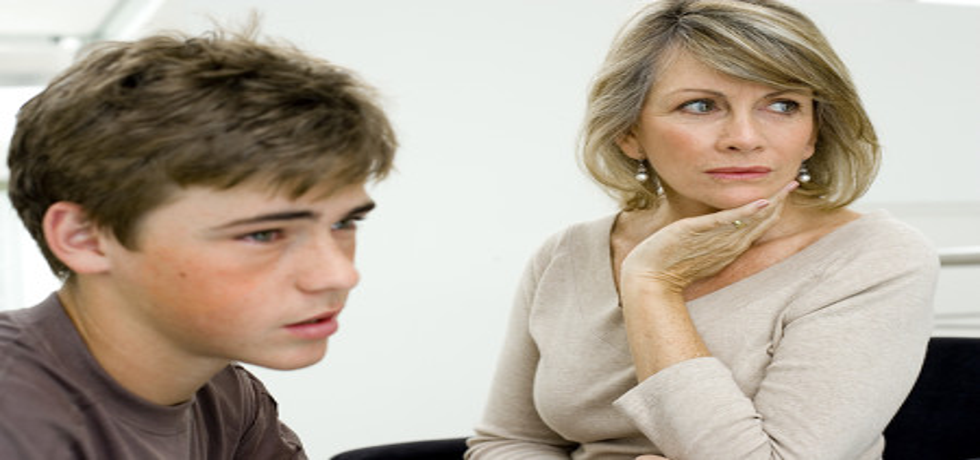
Understanding Childhood Rosacea: Signs, Treatment, and Prevention
The Basics of Childhood Rosacea
Rosacea is a skin condition that is often associated with adults, but it can also affect children and teens. Understanding childhood rosacea is crucial for early recognition and treatment. If you notice your child often has red, irritated eyes, flushing on the face, or red, swollen eyelids, it may be time to consult a dermatologist. Early intervention is key, as untreated childhood rosacea can lead to more severe complications over time.
Identifying the Signs of Rosacea
Children suffering from rosacea may exhibit several telltale signs. Besides facial flushing, look out for red, irritated eyes and conditions like styes or pinkeye, which could be indicators of ocular rosacea. If your child frequently experiences red, swollen, and itchy eyelids, these may also suggest that they are dealing with rosacea. It’s essential to consult a dermatologist for an accurate diagnosis, as childhood rosacea can sometimes resemble more common skin ailments such as acne or allergic reactions.
Treatment Options Available
If diagnosed with childhood rosacea, treatment typically involves lifestyle changes and medication to control the condition effectively. Dermatologists may recommend finding and avoiding triggers that could exacerbate the symptoms. Common triggers include extreme temperatures, hot beverages, or particular skincare products. Daily application of sunscreen that is fragrance-free and includes titanium or zinc oxide is also highly recommended. For moderate to severe cases, topical medications such as metronidazole can help manage the symptoms effectively.
Prevention Strategies for Parents
Awareness and prevention play pivotal roles in managing childhood rosacea. Keeping track of potential triggers and creating a suitable skincare routine can help mitigate flare-ups. Encourage your child to avoid harsh skincare products and make sunscreen application a daily habit. Regular dermatology appointments are essential to monitor the condition and make any necessary adjustments to the treatment plan. Engaging with a board-certified dermatologist like those at The Skin Artistry can provide your child with the appropriate level of care and support needed to manage childhood rosacea effectively.
Conclusion
Understanding childhood rosacea equips parents with the knowledge to support their children in dealing with this condition. Early intervention, consistent care, and preventive measures can significantly improve the quality of life for children suffering from rosacea. If you suspect your child may have rosacea, don’t hesitate to reach out to a specialist for advice and support.
Frequently Asked Questions
Can rosacea be cured in children?
Currently, there is no cure for rosacea, but with proper treatment, symptoms can be controlled effectively.
Are there specific skincare products recommended for children with rosacea?
Its best to use fragrance-free, gentle skincare products that avoid harsh chemicals, as they can irritate sensitive skin.
Currently, there is no cure for rosacea, but with proper treatment, symptoms can be controlled effectively.
Are there specific skincare products recommended for children with rosacea?
Its best to use fragrance-free, gentle skincare products that avoid harsh chemicals, as they can irritate sensitive skin.
For professional assistance and expert advice from leading dermatologists like Dr. Hital Patel, experience the benefits of Understanding Childhood Rosacea: Signs, Treatment, and Prevention with Hair & Skin Specialist Dr. Hital Patel at The Skin Artistry. Our clinics in PDPU Gandhinagar, Vastrapur Ahmedabad, and Hyderabad (Visiting Consultant) offer top-quality care and personalized treatments. Visit us today to learn more about our services and take advantage of our special offers! For more insights, updates, or to collaborate, stay connected with The Skin Artistry.

